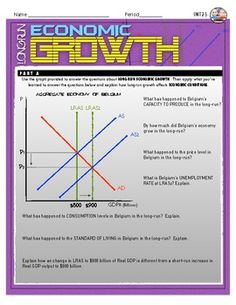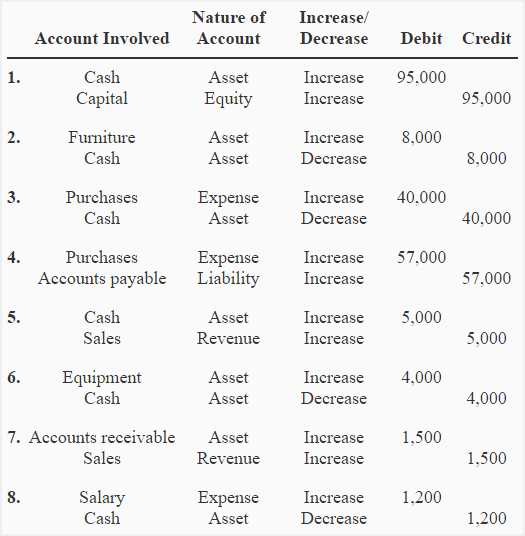Contents
An unfavorable ratio can indicate some likelihood that a company will default on its debt obligations. Liquidity signifies how easily a company can meet its short-time period debt obligations. A extremely liquid firm typically has plenty of money or cash-equal assets readily available, since you generally can’t meet quick-term working wants by promoting off items of kit.

When interpreting the values for solvency ratios, it’s important to consider the context. Solvency ratios and liquidity ratios are similar but have some important differences. Both of these categories of financial ratios will indicate the health of a company.
Special Considerations: Solvency Ratios
Such firms have very low credit ratings—unpopular among investors and financiers. Solvency is related to debt, as solvency is the measurement of how well a company will be able to pay off its debts. In the long-run, however, it is important that a company keeps track of its future obligations and whether it will be able to pay long-term debt as it comes due. Although solvency and debt are not the same thing, they are very closely related. To do so it must reduce expenses to increase cash flow so that it eventually has more assets than debts – or it can reduce debts by negotiating with creditors to reduce the total amount owed. One of the easiest and quickest ways to check on liquidity is by subtracting short-term liabilities from short-term assets.
The balance sheet of the company provides a summary of all the assets and liabilities held. A company is considered solvent if the realizable value of its assets is greater than its liabilities. It is insolvent if the realizable value is fiscal solvency means lower than the total amount of liabilities. The solvency of a business is assessed by looking at its balance sheet and cash flow statement. Conversely, it shows how much assets would need to be sold in order to pay off the liabilities.
Personally, I do not like to see this ratio go above 3.0 – this tells me that the agency may have too much of their property in liquid, non-incomes belongings, and this will hurt your profitability. For example, assume that I actually have a big share of my assets in cash and savings. The current ratio is calculated by dividing your complete present property by your whole current liabilities . When assessing the financial health of a company, one of the key considerations is the risk of insolvency, as it measures the ability of a business to sustain itself over the long term. A solvent company is able to achieve its goals of long-term growth and expansion while meeting its financial obligations.
Many companies have negative shareholders’ equity, which is a sign of insolvency. In essence, if a company was required to immediately close down, it would need to liquidate all of its assets and pay off all of its liabilities, leaving only the shareholders’ equity as a remaining value. Financial solvency is defined as the ability of a person, business or organization to pay their debts and have cash to pay for future needs. An example of financial solvency is a company that can meets its long-term fixed expenses.
What is fiscal solvency?
The debt/asset ratio divides complete liabilities by total belongings and determines the quantity of debt per greenback of belongings owned. Other solvency ratios examine debt to liquid assets, mounted assets or inventory. We conduct a cross-country empirical analysis of fiscal solvency based on dynamic stochastic general equilibrium conditions.

DisclaimerAll content on this website, including dictionary, thesaurus, literature, geography, and other reference data is for informational purposes only. ProfitabilityProfitability refers to a company’s ability to generate revenue and maximize profit above its expenditure and operational costs. Financial StatementsFinancial statements are written reports prepared by a company’s management to present the company’s financial affairs over a given period . LiabilitiesLiability is a financial obligation as a result of any past event which is a legal binding. Settling of a liability requires an outflow of an economic resource mostly money, and these are shown in the balance of the company. Now, the company has taken on a little bit more debt, so 68% of company assets are financed through debt.
Solvency ratio and liquidity ratio
It mirrors the financial health of a business—a measure of operational effectiveness and longevity. Such financial distress usually occurs when the entity runs into a loss or cannot generate sufficient cash flow. Liquidity is a measure of how easily a enterprise can meet its upcoming quick-time period debts with its current belongings with out disrupting the traditional operation of the business. Or, in everyday phrases, does the enterprise have enough liquid belongings to cover any debts or upcoming payments within the next 12 months. Conversely, a enterprise might have sturdy liquidity and poor cash flow – however not for lengthy.
Timothy Li is a consultant, accountant, and finance manager with an MBA from USC and over 15 years of corporate finance experience. Timothy has helped provide CEOs and CFOs with deep-dive analytics, providing beautiful stories behind the numbers, graphs, and financial models. Full BioMichael Boyle is an experienced financial professional with more than 10 years working with financial planning, derivatives, equities, fixed income, project management, and analytics.
- The ratio looks at how much of the debt can be covered by equity if the company needed to liquidate.
- If companies can’t generate enough revenues to cover their current obligations, they probably won’t be able to pay off new obligations.
- Common liquidity ratios are the current ratio, the short ratio, and the money ratio.
- Liquidity represents the ability that a company has to meet its short-term obligations.
- Liquidity is the agency’s ability to pay off short term debts, and solvency is the flexibility to repay long term money owed.
Like other financial ratios, solvency ratios often hold most value when compared over time or against other companies. Others look at a business’ total assets and total liabilities to determine whether it is solvent. If its total assets are greater than total liabilities, it must be solvent, they say. Since their assets and liabilities tend to be long-term metrics, they may be able to operate the same as if they were solvent as long as they have liquidity. When studying solvency, it is also important to be aware of certain measures used for managing liquidity. Solvency and liquidity are two different things, but it is often wise to analyze them together, particularly when a company is insolvent.
A decrease ratio is best when debt is within the numerator, and a higher ratio is healthier when property are part of the numerator. Overall, a better level of assets, or of profitability in comparison with debt, is an effective thing. It measures this cash move capability in relation to all liabilities, rather than solely short-time period debt. By decoding a solvency ratio, an analyst or investor can achieve perception into how doubtless a company shall be to continue meeting its debt obligations. In stark distinction, a decrease ratio, or one on the weak facet, might point out monetary struggles sooner or later. Solvency is the ability of a company to meet its long-term money owed and monetary obligations.
Solvency Ratios: Definition, Formula & Examples
For this reason, the quickest assessment of a company’s solvency is its assets minus liabilities, which equal its shareholders’ equity. As in opposition to this, the solvency of the firm is determined by solvency ratios, similar to debt to equity ratio, interest protection ratio, fixed asset to internet worth https://1investing.in/ ratio. More sophisticated solvency ratios embody times curiosity earned, which is used to measure a company’s capability to fulfill its debt obligations. The ratios which measure companies liquidity are often known as liquidity ratios, that are current ratio, acid check ratio, quick ratio, and so forth.
Solvency Ratios vs. Liquidity Ratios
There are also other ratios that can help to more deeply analyze a company’s solvency. The interest coverage ratio divides operating income by interest expense to show a company’s ability to pay the interest on its debt. Thedebt-to-assets ratiodivides a company’s debt by the value of its assets to provide indications of capital structure and solvency health.
Simply put, solvency is a representation of the ability a company has to meet its financial obligations. Liquidity represents the ability that a company has to meet its short-term obligations. If a company has a negative book value, it can be incredibly important to its liquidity levels. Solvency is the ability of a specific company to meet the financial obligations and long-term debts that they have.

Recent Comments